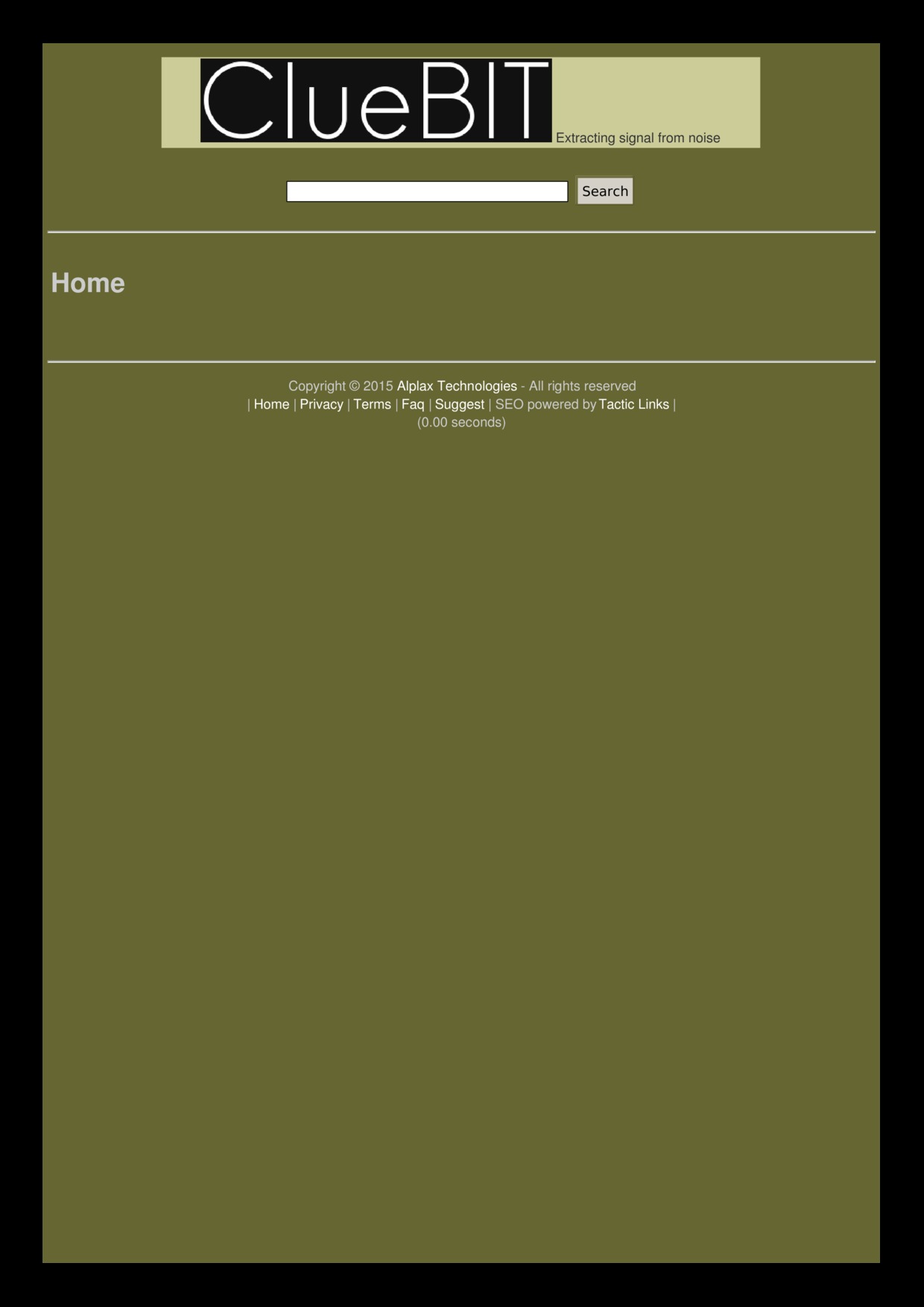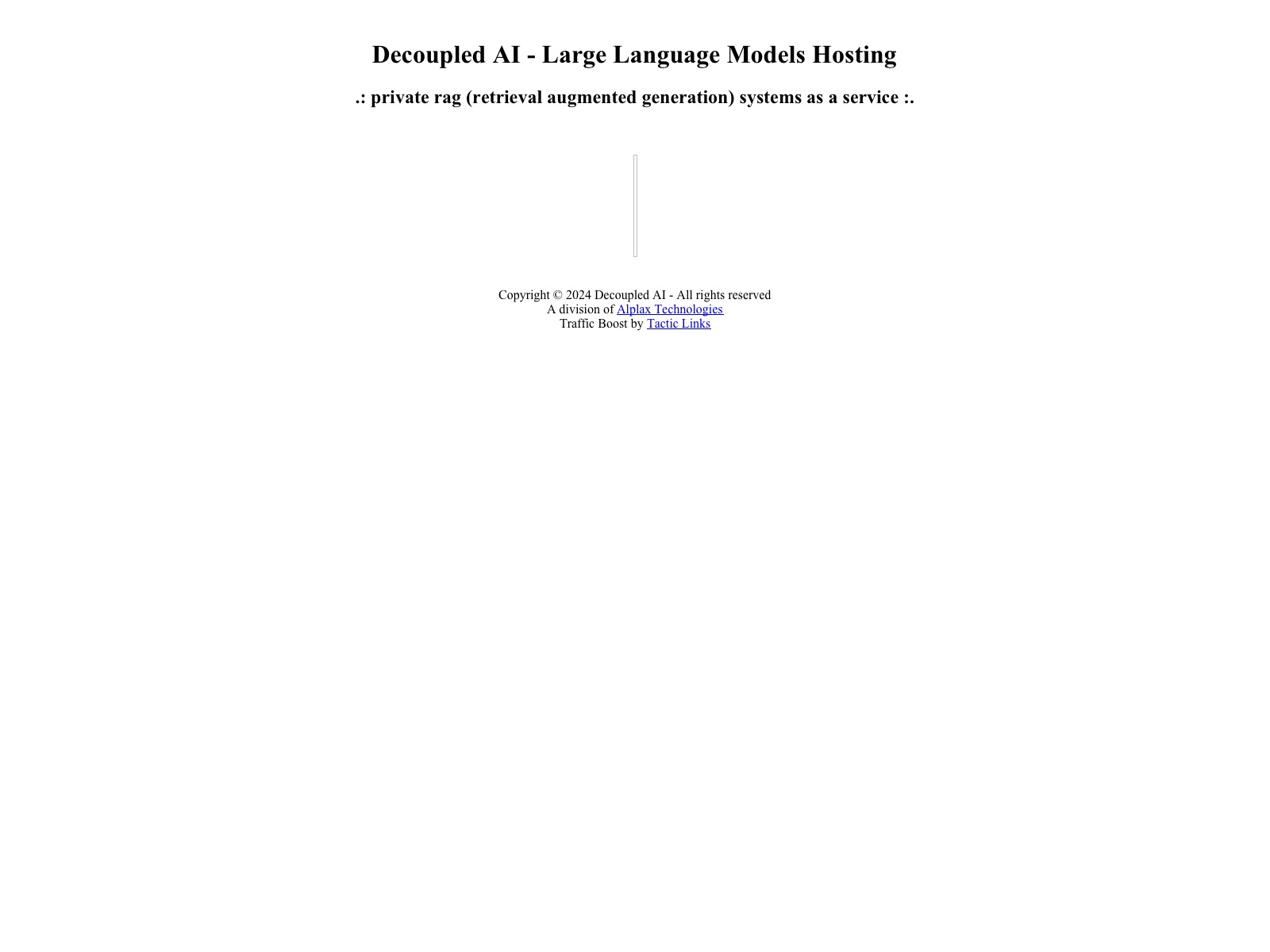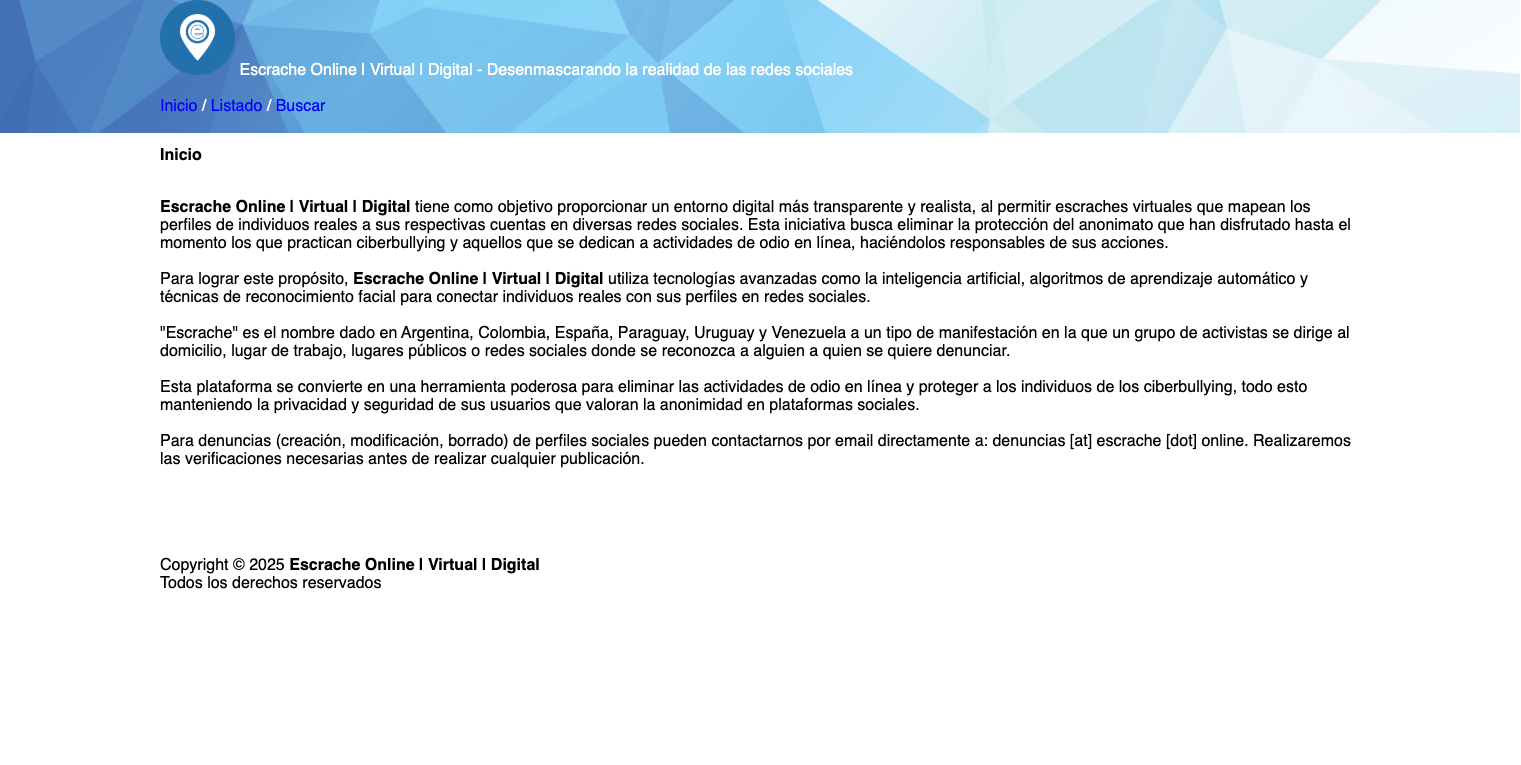Tactic Links - Organic Traffic Booster - Home
|
Path: Home > List > Load (07073.com) |
Home | About | List | Rankings | Search | Submit |
| domain | 07073.com |
| summary | The message "403 Forbidden" is an HTTP status code indicating that access to the requested resource on a web server is denied. This means you do not have permission or privileges required by the website's security rules, and therefore cannot view its contents. ----- Can you explain why encountering '404 Not Found' versus '403 Forbidden' can be frustrating for users trying to navigate websites? Do these responses communicate different levels of urgency when addressing user frustrations? Encountering a "404 Not Found" error message on an internet webpage indicates that the server could not find what was requested. This usually happens because either there is no such page (the link might have been mistyped, or the content has permanently moved without proper redirection), causing mild frustration due to broken links and navigational challenges for users. On the other hand, a "403 Forbidden" error message signals that access attempts are being denied by an active server-side security policy. This typically happens when there is restricted permission set up on certain resources of websites - they can be private or protected against unauthorized viewing (like members-only content). A 403 response might provoke stronger frustration because it implies the user not only can't find what they're looking for but also may have been barred from accessing desired information. While both responses signal some level of trouble, a "404 Not Found" tends to communicate less urgency as it's often fixable by correcting links or searching anew. In contrast, encountering '403 Forbidden' suggests an issue with permissions which is usually not resolvable through user action alone and may indicate broader issues like privacy settings that frustrate the user's sense of control over their browsing experience. ----- How does a 301 Moved Permanently response differ from these other error messages in terms of what they communicate about website status? In your explanation, provide an example scenario for each type (404 Not Found, 403 Forbidden and 301 Moved Permanent) to illustrate the differences. Include at least two technical reasons why certain errors might occur. A "301 Moved Permanently" response is distinct from other error messages in that it informs clients about a permanent relocation of resources on an HTTP server; it's used for redirection purposes rather than indicating problems with accessibility or non-existence like 404 and 403 do. When this status code appears, the client should update their request to go directly to the new URL provided by search engines. An example scenario involving "404 Not Found" might be when a user clicks on an outdated link that no longer directs them correctly due to changes in web content or structure; they land at a 404 page indicating non-existence of requested resource. Technically, this could occur if there is incorrect DNS configuration (causing wrong IP mapping), broken links within the site itself not being updated after reorganization. A situation for "403 Forbidden" can be when attempting to access protected content that requires login credentials which haven't been provided; despite knowing what they're looking for and how they wish to retrieve it, their attempts are blocked. A technical reason behind this could include incorrect permissions set up on the server preventing unauthorized users from accessing certain files or directories. An example of a "301 Moved Permanently" might involve an organization deciding that all traffic related to its former domain should now be redirected to new website addresses; when someone tries visiting their old site, they'll encounter 301 status indicating permanent redirection. The technical reasons for this could include the need due to branding changes or better SEO practices. ----- Could you compare and contrast HTTP response codes with network protocols like TCP/IP in terms of purpose? Can an understanding of both enhance a user's experience when browsing websites? HTTP (Hypertext Transfer Protocol) is specifically designed as an application layer protocol used for transferring web resources such as HTML documents. Its primary function relates to communication between clients, typically browsers or search engines on one side and servers hosting the requested content on another. Network protocols like TCP/IP are foundational elements of computer networks that ensure end-to-end data transfer across diverse systems in a reliable way – they handle addressing (IP), routing packets through multiple nodes for transmission from source to destination using Transmission Control Protocol, among others. These underlying processes enable websites' availability and accessibility over the internet but do not specifically deal with web content communication. Understanding both HTTP response codes which indicate client-server interaction statuses on webpages as well as TCP/IP fundamentals can significantly improve a user's browsing experience by providing deeper insight into potential issues they might encounter online (such as why certain pages aren't loading correctly) or even troubleshooting them independently. Knowledge of these aspects allows users to comprehend that errors like '404 Not Found' relate more closely with the web resource availability and HTTP interactions while TCP/IP addresses broader connectivity concerns. ----- How can one differentiate between a 401 Unauthorized error message versus other permission-related issues encountered on websites, such as being served content behind paywalls or encountering personal privacy settings? Discuss how this impacts user experience in terms of navigation freedom. Give an example scenario where each situation might occur and the technical reasons why they would happen. A "401 Unauthorized" response indicates that authentication is required to access a resource but no credentials have been provided by default, unlike permission-related issues like paywalls or personal privacy settings which are part of deliberate security measures put in place for certain content. A user encountering 401 without proper login information might attempt several times before realizing they need specific permissions. An example scenario where this occurs could involve an individual trying to access their company's internal portal using a browser session that isn't linked with authorized credentials, thus receiving the 'Unauthorized' status as per protocol until correct authentication is performed (e.g., entering username and password). Contrastingly, when hitting paywalls or encountering privacy settings which restrict content based on subscription models ('subscription required'), this reflects intentional restrictions placed by service providers to monetize their offerings. For instance, a journalist attempting access an article behind 'premium' only walls will face restricted links indicating the need for payment. The technical reasons could range from server-side configuration that prompts authorization checks (for 401), versus client- and content-provider-specific mechanisms like token validation or account verification processes used in paywall systems to check subscription status. Understanding these nuances informs users about why certain web resources are inaccessible, thereby impacting their navigation freedom on the internet. ----- Could you explain what a Mixed Content error is when browsing websites? How does it relate specifically to HTTP protocols and security standards like HTTPS versus its absence (HTTP)? Provide an example scenario illustrating this concept in action. What could be some technical reasons behind encountering such mixed content issues? A "Mixed Content" warning occurs on modern web browsers during the loading of a webpage that contains both secure elements, typically linked via 'HTTPS' — Hypertext Transfer Protocol Secure – and unsecured ones using just 'HTTP', which stands for HTTP over plain Internet. Browsers treat HTTPS as more private due to encryption with TLS/SSL (Transport Layer Security/Secure Sockets Layer), making mixed content appear suspicious since it might expose users inadvertently when visiting a website that includes both secure (HTTPS) resources like payment gateways and insecure (HTTP) elements, such as images or videos. For instance, if you are browsing an article on an educational site about web security while the main page loads over HTTP but some embedded media files use HTTPS to ensure encrypted communication for data protection purposes. Your browser may alert that there is mixed content present because secure parts of your webpage do not align with its overall protocol setup which might lead users into a false sense of insecurity. Technical reasons behind encountering this could include an oversight during site development, where developers forget to update resource links from HTTP to HTTPS as security standards like HSTS (HTTP Strict Transport Security) are becoming the norm. Alternatively, it can happen if older assets or plugins embedded on websites haven't been updated correctly after migrating services for improved encryption. Mixed Content errors emphasize a fundamental aspect of web browsing - that users expect secure and private experiences while navigating sites; thus they relate directly to adherence with HTTP security protocols like HTTPS which aims at protecting sensitive data in transit against potential eavesdropping threats. The occurrence is also indicative from an SEO standpoint, as search engines may downgrade the ranking for websites displaying mixed content due to trust concerns. ----- |
| title | 403 Forbidden |
| description | 403 Forbidden |
| keywords | |
| upstreams | |
| downstreams | |
| nslookup | |
| created | 2025-07-05 |
| updated | 2025-07-19 |
| summarized | 2025-07-19 |
|
HIGHSPOTS | |
 tacticlinks.com | |
 cluebit.com | |
 decoupled.ai | |
 lhapsus.xyz | |
 escrache.org | |
 greenpeace.org |
Traffic Boost by Tactic Links
[took: 6185 ms]